In the ever-evolving world of music, artificial intelligence (AI) is making waves in almost every genre. From generating melodies to mastering complex harmonies, AI’s capabilities are reshaping the way we compose and perform music. One of the most exciting advancements is AI-generated choir parts for sheet music. Whether you’re a composer, choir director, or hobbyist, understanding the role of AI in choral music is essential in today’s musical landscape.
In this article, we will dive deep into how AI-generated choir parts are revolutionizing choral arrangements, the technology behind AI sheet music, and practical tools that bring this futuristic concept to life.
What is Choir Parts AI Sheet Music?
Choir parts AI sheet music refers to the use of artificial intelligence algorithms to create vocal arrangements for choral music, typically in the SATB (Soprano, Alto, Tenor, and Bass) format. These AI systems analyze music theory, existing choral works, and even vocal performance techniques to generate sheet music that includes harmonies and voice parts tailored to specific musical ideas.
For composers, arrangers, and choir directors, this technology opens up new possibilities for creating music that would traditionally require extensive knowledge of choral writing. It can save time, provide inspiration, and even help those who might not have formal music training craft beautiful, harmonically-rich choir pieces.
How Does AI Generate Choir Parts?
AI-generated choir parts rely on several underlying technologies, including machine learning, neural networks, and natural language processing. Here’s how it works:
1. Data Training
AI systems are trained on vast amounts of choral music data. These datasets include hundreds of years’ worth of sheet music, including classical, contemporary, and a variety of choral traditions. The more data the AI processes, the better it can understand the nuances of vocal arrangements.
2. Music Theory Algorithms
AI systems utilize algorithms based on established music theory principles such as harmony, counterpoint, and voice leading. These algorithms guide the AI in generating parts that are musically coherent, ensuring that the generated choral music adheres to traditional standards while exploring new harmonic possibilities.
3. Contextual Understanding
Some AI systems incorporate contextual understanding of melody lines, chord progressions, and rhythm. For example, if an AI is given a melody, it can generate suitable harmonies for each voice part, adjusting the rhythm and pitch to suit the piece’s emotional or thematic elements.
Why Choir Parts AI Sheet Music is a Game Changer
The role of AI in music composition is rapidly expanding. Choir parts AI sheet music offers numerous advantages for both professional and amateur musicians. Below are some key benefits:
1. Time Efficiency
Writing four-part harmony by hand can be a time-consuming process. AI streamlines this by automatically generating choral arrangements, which allows composers and arrangers to focus on higher-level creative tasks, such as lyric writing and orchestration.
2. Enhanced Creativity
AI can push the boundaries of traditional choral writing by suggesting harmonies, voicings, and arrangements that composers may not have considered. It serves as a valuable creative partner that can inspire new ideas and help develop more complex, intricate music.
3. Accessibility for All
Not everyone has formal training in music theory, yet many aspiring composers and arrangers still want to create choral music. AI-generated choir parts make it easier for these individuals to compose sophisticated choral works without needing to master the intricacies of counterpoint or harmony.
4. Consistency and Quality
AI can produce high-quality choir parts that adhere to established musical rules, ensuring that the generated arrangements are musically sound. This consistency is particularly beneficial for church choirs, schools, and amateur groups that may lack professional arrangers.
Real-Life Examples of AI in Choir Music
Several notable tools and platforms are already harnessing AI to assist in the creation of choir parts and sheet music. Here are a few examples:
1. Remusic AI Sheet Music Generator
Remusic is an innovative AI-driven music composition tool that allows users to create sheet music quickly and easily. Users can input a melody, and the AI generates harmonies and instrumental parts, including SATB choir arrangements. It is an invaluable tool for composers and arrangers looking to produce choir music efficiently.
2. OpenAI’s MuseNet
MuseNet, developed by OpenAI, is a deep learning model capable of generating original compositions across various genres, including choral music. By training on a large dataset of music, MuseNet can generate complex four-part choral pieces that maintain musical integrity. This tool can be used by composers to create a starting point for choir arrangements.
3. Choral Music Composition Using AI in the Classroom
Many music educators are exploring AI as a tool for teaching students about choral composition. By using AI-generated choir parts, students can quickly understand the process of voice-leading, harmony creation, and the construction of complex arrangements, all while experimenting with new musical ideas.
Practical Tools and Resources for Choir Parts AI Sheet Music
Several tools and platforms can help you get started with AI-generated choir music. Here are some popular options:
-
Cantamus: This platform helps choir members practice their parts by creating audio tracks from sheet music. It can help singers practice their harmonies and learn choral pieces more efficiently.
-
AI Music Composer (MuseScore): MuseScore is an open-source notation software that integrates with AI to help generate music. It offers a variety of templates, including SATB choir arrangements, to help users create sheet music for choirs.
-
AIVA (Artificial Intelligence Virtual Artist): AIVA is another AI tool that helps composers generate music, including choral pieces. With its AI-driven engine, AIVA can create SATB arrangements based on input parameters, making it an excellent choice for choir directors and arrangers.
The Future of Choir Parts AI Sheet Music
Looking forward, AI in choral music is likely to become even more integrated into the music creation process. We can expect the development of more sophisticated AI tools that can generate sheet music with nuanced emotional expression, real-time adaptation to live performances, and the ability to mimic specific composers’ styles.
AI in Live Performances
AI could be used to generate or modify choir parts in real-time during live performances. Imagine a choir director who, using AI-driven software, can adjust harmonies dynamically during a rehearsal or concert based on the needs of the singers.
AI for Choral Arrangement Customization
Advanced AI tools could allow users to adjust specific voice parts’ timbres, dynamics, and even vocal ranges. This level of customization would provide arrangers with unparalleled control over their compositions and arrangements.
Conclusion: Embracing AI for Choir Parts and Sheet Music Creation
AI-generated choir parts are redefining the way we approach choral music composition, offering both professional composers and beginners the ability to create high-quality, harmonious arrangements quickly and efficiently. With the ongoing development of AI music tools, the future of choral composition looks promising, offering new opportunities for creativity and accessibility.
Whether you’re a choir director looking for new ways to engage your singers or an aspiring composer seeking inspiration, AI-powered choir parts and sheet music offer an exciting avenue for musical exploration.
FAQs
Q1. What is AI-generated choir sheet music?
AI-generated choir sheet music refers to using artificial intelligence to automatically generate vocal arrangements (SATB) for choral music. The AI considers harmony, voice leading, and music theory principles to create compositions.
Q2. How accurate are AI-generated choir parts?
AI-generated choir parts are highly accurate when based on well-trained models, adhering to music theory and stylistic conventions. However, the quality depends on the data the AI is trained on and the complexity of the musical input.
Q3. Can AI replace human composers for choral music?
While AI can assist and inspire choral composers, it is unlikely to fully replace human creativity. AI serves as a tool to enhance composition, but the artistic and emotional depth that human composers bring to choral music remains invaluable.
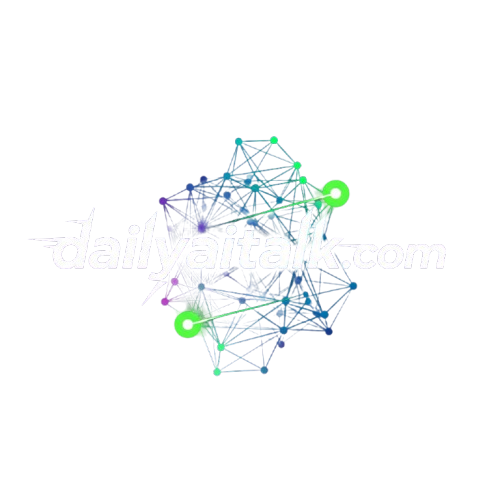
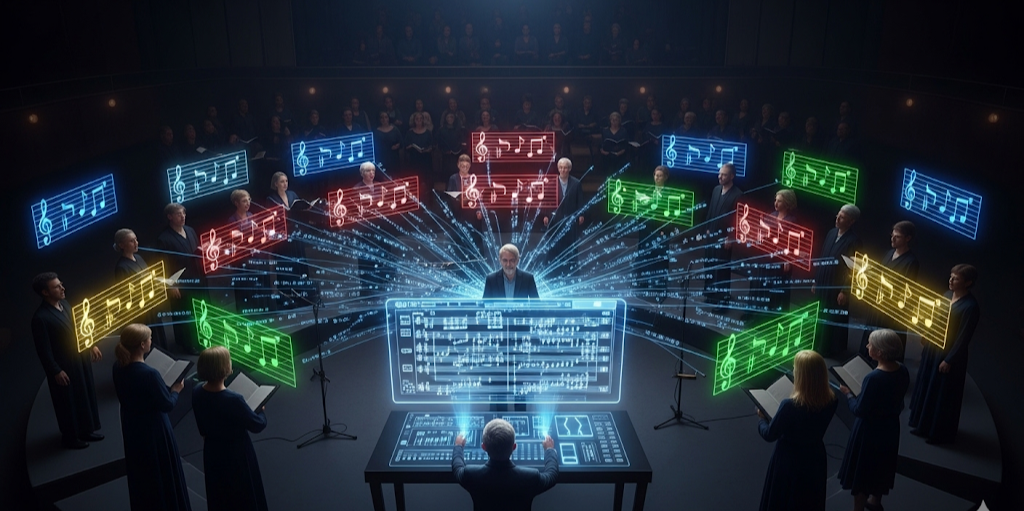
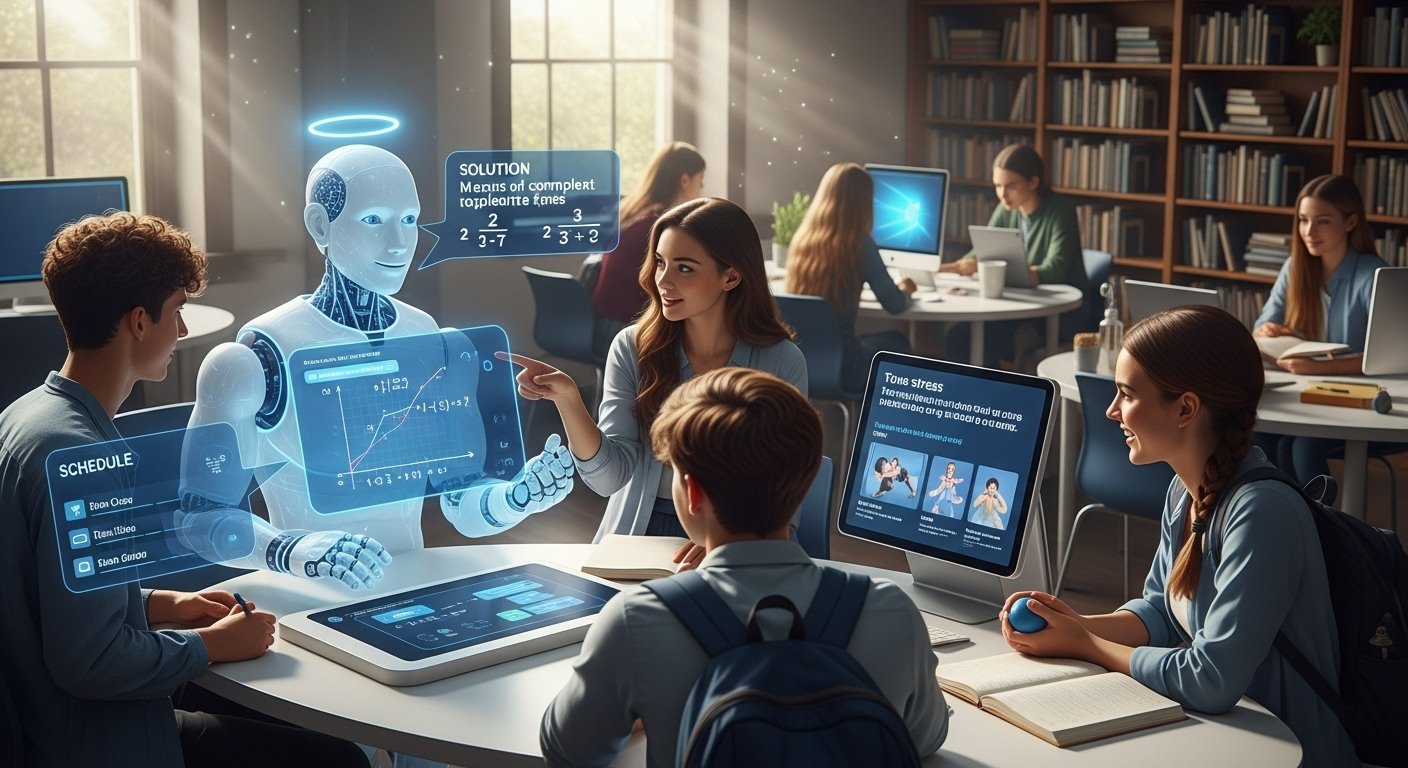


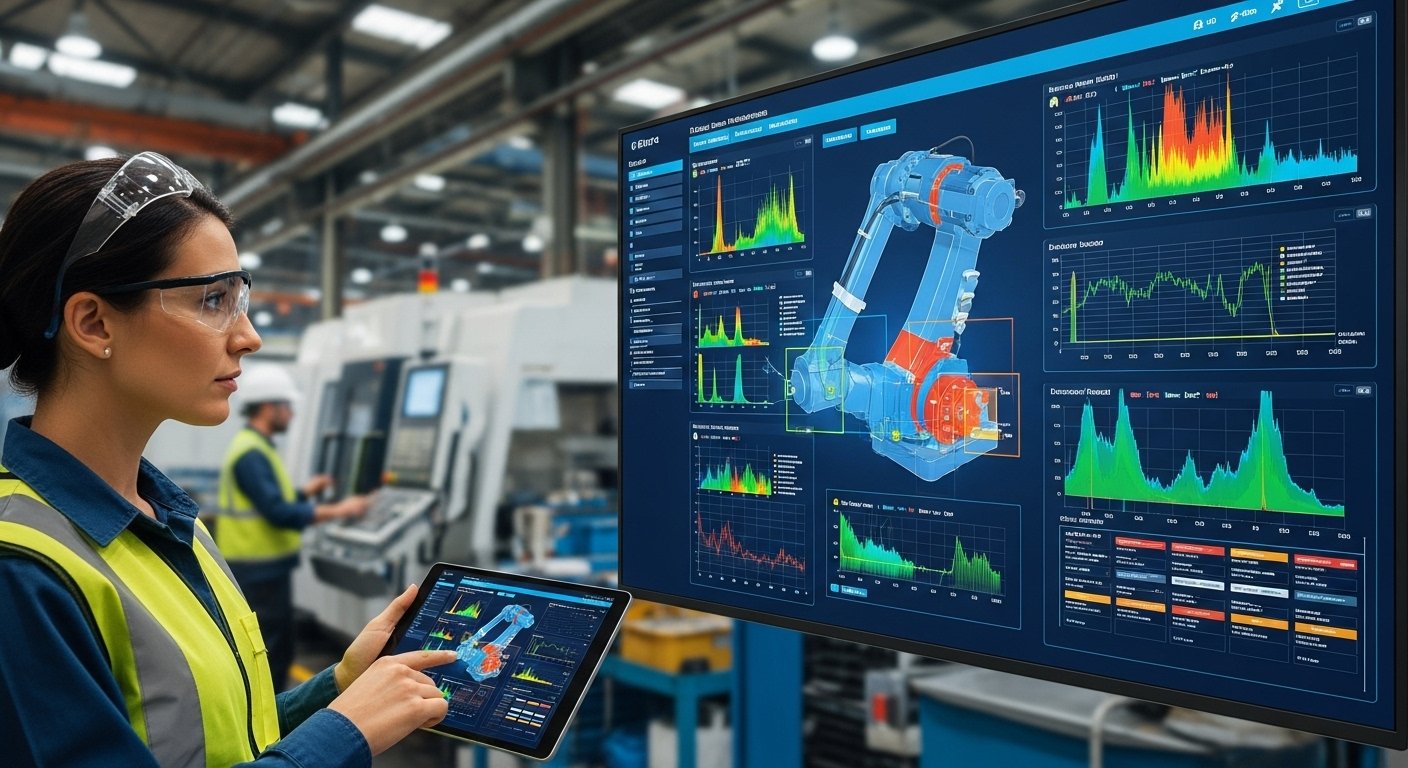
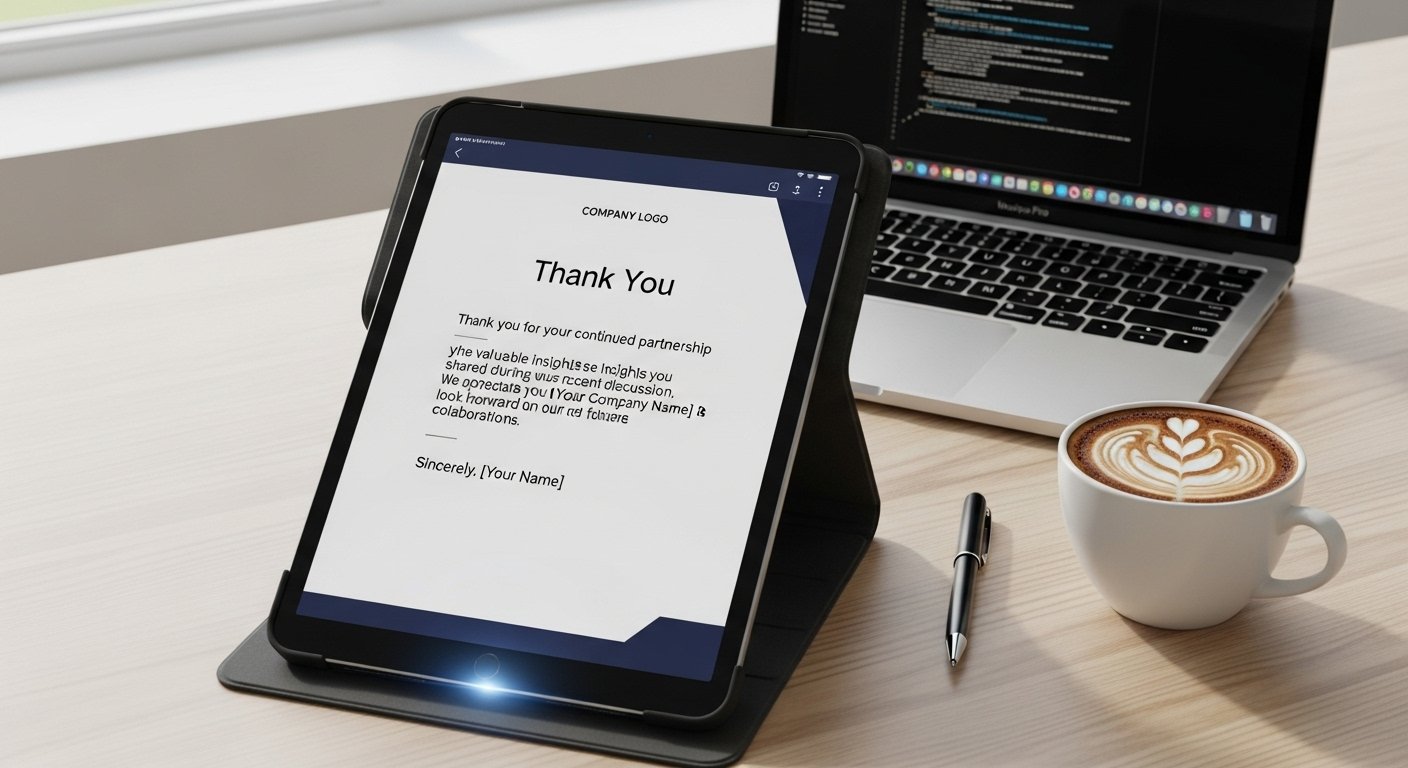

Leave a Reply